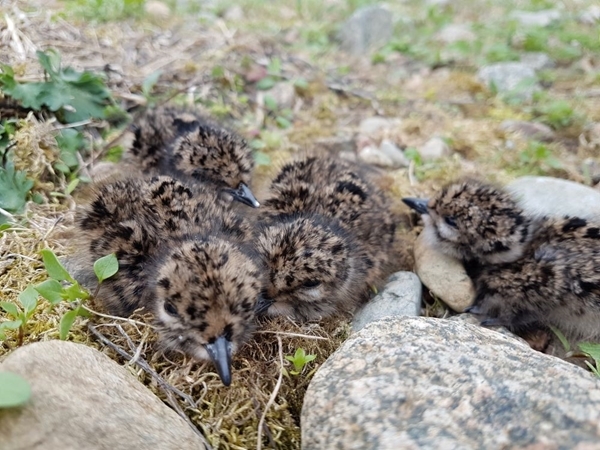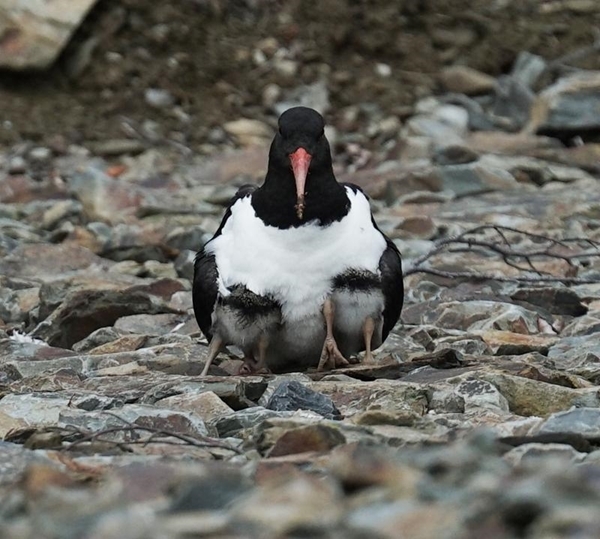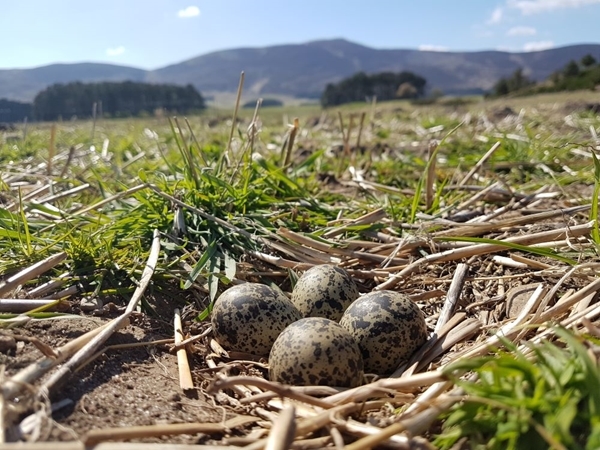
By Chloe Thornton, Head of Development, GWCT Scotland
Everyone has their own idea of when spring has arrived; for some it’s the first time they spot daffodils coming up, for others it might be the first gloopy frogspawn in a puddle. Here at Auchnerran, it’s a weird, looping sound that fills the skies, almost reminiscent of somebody trying to tune an old radio receiver.
Our herald of spring is the lapwing, specifically the many displaying males as they all come swooping back to their preferred nest sites. Closely following the lapwing come the piping oystercatchers and gurgling curlew, with a smattering of golden plover popping into feed. But as they come flooding back to the farm, with them comes a mighty big workload!

Sadly, as I’m sure many are aware, many wader populations have been in global decline over recent decades, including in the UK; with oystercatchers declining by more than 30%, and lapwing and curlew by 60% or more in Scotland alone between 1995 and 2021. These declines have been well documented, with changing agricultural practices as well as unsustainably high numbers of nests and chicks being eaten by predators the main driving factors.

But despite this at Auchnerran we are incredibly fortunate to have strong populations of breeding waders with around 100-125 nests each year. This is where our workload comes into the equation, by monitoring the nests, chicks, and distributions of these birds we can contribute to the understanding of these trends. And more importantly, help figure out what can be done about them.
So, what do we actually do? From the arrival of the first lapwing, we do a weekly driven survey to record all the waders we see, with the first handful of transects (classed as our pre-breeding counts) giving us a gauge on returning birds and how numbers stack up to previous years.

Things are then taken up a notch and we really put the pedal to the metal when the first nest is found. Historically this was always around mid-April but as of the last few years we’re seeing these first nests pop up earlier and earlier, with this year’s (26th March) the earliest we have ever recorded! From then all our efforts are put into the monitoring and searching for nests, with trail cameras used to remotely monitor each one we find. This has allowed us to amass an enormous dataset over the years with more than 750 nests found and monitored at the farm since 2018!
The first chicks then start popping up around mid-late April, with them hopefully then surviving to adulthood to return to breed in the future! Seeing chicks for the first time is an undeniably thrilling experience, and one that will stay with me forever. Personally, I am positive that these little balls of fluff play a big role in motivating all of us for the many early mornings!